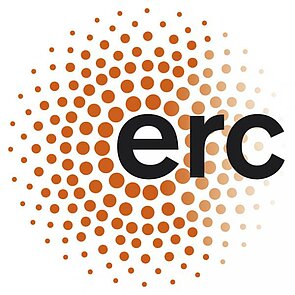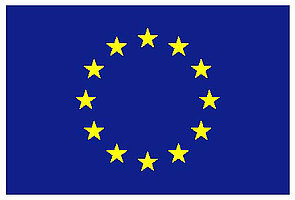25 April 2024 - Timmo WEIDNER's PhD defense
Dislocation electron tomography - Applications and association to continuum mechanics and dislocation dynamics
The defense will take place on April 25, 2024 at 2 pm at the following address:
Amphithéâtre 1A14 - IUT de Lille -in Villeneuve d'Ascq
before a committee composed of:
- Ovidiu Ersen, reviewer
- Fabien Onimus, reviewer
- Karine Masenelli-Varlot, examiner
- Jonathan Amodeo, examiner
- Alexandre Mussi, thesis supervisor
- Patrick Cordier, thesis co-supervisor
- Karine Gouriet, thesis co-supervisor
Abstract:
The study of dislocation microstructures (linear defects) enables us to identify the fundamental mechanisms of plastic deformation in materials. These defects are defined by their Burgers vectors, line vectors and habit planes (slip and climb planes). TEM is the most suitable tool for characterizing these vectors and planes, but the main drawback of this technique is access to projected images, a source of interpretation errors. Dislocation electron dislocations (DET) has been developed to observe these microstructures in 3D, and thus better decipher them.
As part of my thesis, I pursued the development of DET. I improved 3D reconstruction techniques and carried out fast tomography (tomography with a low number of projected images). This enabled me to characterize the 3D microstructures of dislocations in natural quartz and olivine samples. DET revealed an original dislocation climb mechanism: mixed climb. This mechanism, intermediate between pure climb and glide, is the signature of an equivalent balance between the mobility of dislocations in glide and in climb. This mechanism, a priori singular, turns out to be particularly common in high lattice friction microstructures loaded at high temperatures.
In order to go beyond simple characterizations by indexing the line directions and habit planes of dislocation segments, we undertook an approach aimed at combining tomography with continuum mechanics.
A first study enabled us to obtain the strain tensor of a grain in a natural quartz sample from characterizations of the Burgers vectors associated with the normals to the habit planes of dislocation segments reconstructed in 3D using DET. This quantitative study (the lengths of the dislocation segments were considered in the calculations) enabled us to verify that the von Mises criterion was respected (the plastic deformation of the quartz polycrystal occurred with more than five independent slip systems, which explains the absence of damage). We were also able to access the stress tensor and the relative critical resolved shear stress.
The characterization of line vectors and Burgers vectors, identified using tomography, also enables us to derive the Nye tensor for each dislocation segment. This tensor is obtained by the dyadic product of the Burgers vectors and their line vectors. By applying the laws of continuum mechanics, we were able to determine, in a second study, the strain tensor and stress tensor fields from a real 3D microstructure of dislocations.
We then linked DET to dislocation dynamics (DD). The NUMODIS nodal DD software, developed at CEA Saclay, enables dislocation segments to be delimited by nodes in space. Its nodal nature makes it ideal for use with DET. The principle is to bring dislocations back to life if modeling is carried out under the same mechanical stress conditions as during mechanical testing. We looked for a sample with perfectly known mechanical stress axes and the simplest possible dislocation microstructure: gliding dislocations, a single type of Burgers vector, a majority of straight screw dislocations and few gliding mechanisms. An olivine sample deformed in a Paterson press at 800°C, under a confining pressure of 300 MPa, satisfies all conditions. The DD simulations undertaken in this study are the first to be derived from a real dislocation microstructure obtained by tomography. We were able to characterize annihilation and collinear interaction mechanisms.
Keywords: Electron tomography; Dislocation; Plasticity; Continuum mechanics; Dislocation dynamics

